Hard seltzers are a new and exciting category of fermented beverages that we can include in the craft sector
Both their underlying recipe, based on fermentable sugars or flavoured malt, and their brewing process, very similar to that of beer, mean that most markets include hard seltzers in the same category and in the same regulatory framework.
In the U.S., hard seltzers are catalogued and regulated by the same law as for beer, but we have to keep in mind that, although the industry conflates the two and many micro-breweries have them, they are different beverages.
We are talking about a fermented beverage that is experiencing accelerated growth.
Current preferences are helping to make hard seltzers (they are gluten-free—depending on the base ingredient used to produce the alcohol—and relatively low in calories) the perfect option for beer-lovers, and they are also aimed at new consumer groups.
There is no doubt that under this scenario, the business outlook for large-scale production of hard seltzers is quite attractive.
Where does the enthusiasm for hard seltzers come from?
On one hand, hard seltzers are emerging as a way of retaining consumer groups that habitually drink beer but are also looking for new alternatives. On the other, they appear to be a formula for capturing new consumers from other categories, like non-alcoholic beer drinkers or even groups that opt for high-alcohol beers.
Hard seltzer is not just a beverage. It is also emerging as an option that is finding its own niche as an independent new category with high expectations. It also represents a beverage that steers clear of sugar, setting itself apart from the soft drink category, but one which also aims to disassociate itself from alcohol based on its low content.
In fact, hard seltzers are increasing their consumption within the “convenience” and “ready-to-drink” trends that tend to optimise consumption that is more or less easy, appropriate for any time of day, while, at the same time, not renouncing healthiness and naturalness.
A very attractive market
Since their beginnings (around 2013 in the United States with the first commercial batches), production and consumption of hard seltzers have grown steadily. The big jump has occurred in the last two years. Nielsen data reveal that their growth in the second quarter of 2018 was a staggering 172%.
Although their consumption continues to be relatively low, major brewing groups (and other lines of production) are seeing that the beer market has slowed down and become atomized with an explosion of the craft category, and therefore they have started up production lines for hard seltzers along with their usual products.
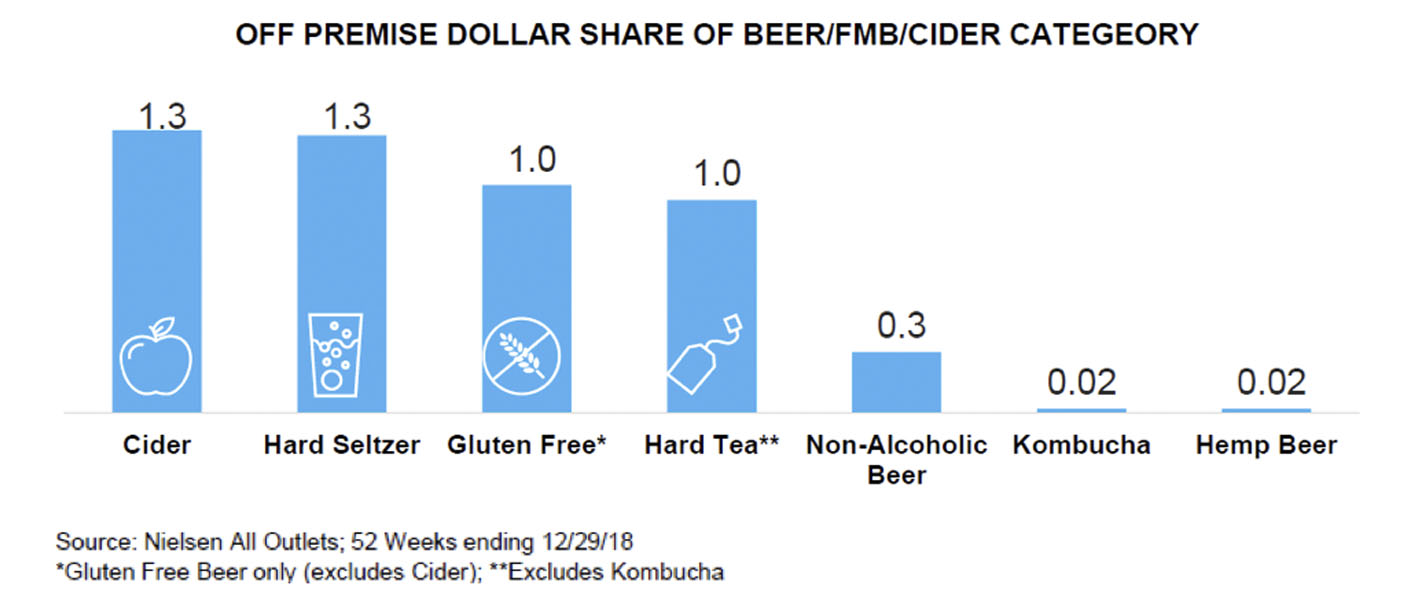
The key to the success of hard seltzers
As a successor liquid to hard sodas (a beverage with a similar alcohol content), hard seltzers, their disciple, is clearly gaining ground.
The key to success lies in their flavour, which is clearly differentiating with respect to hard sodas and, above all, because they have been able to win over the public with their message under the banner of being a healthy and beneficial beverage.
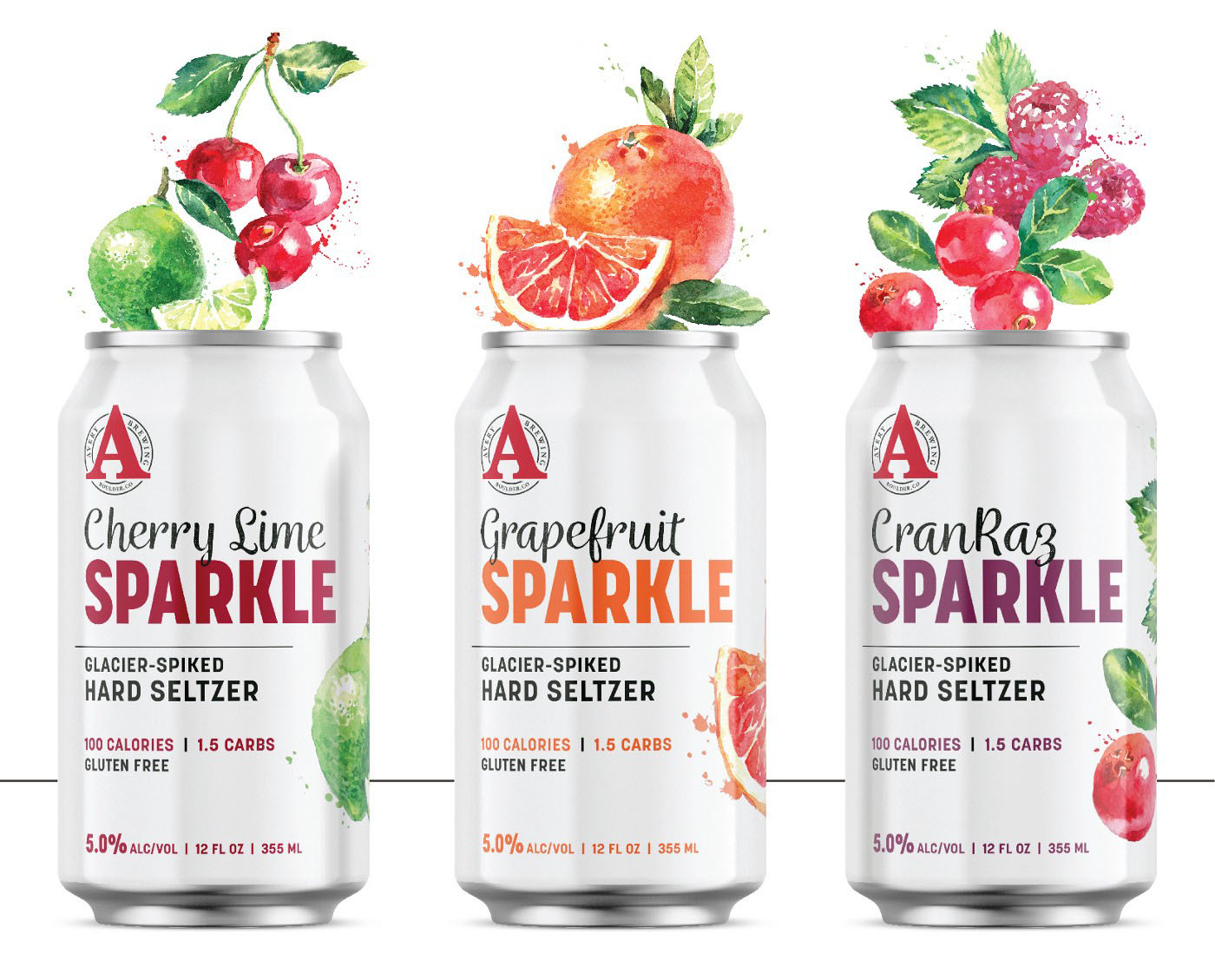
Among their virtues, we find:
- The wide variety of flavours (generally fruit).
- Their naturalness.
- They are very low in calories and hardly contain any sugar.
- Their ABV of approximately 5%.
- Above, all, they are very refreshing and lend themselves to being served cold (between 3-4º) or with ice.
- They can be classified as gluten-free.
- Packaging in cans allows direct enjoyment and the perfect serve.





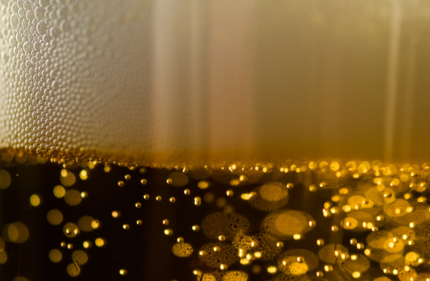
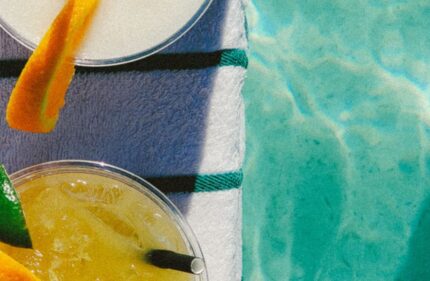
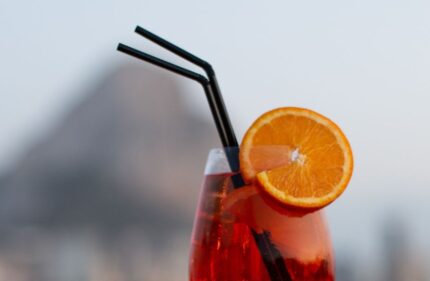
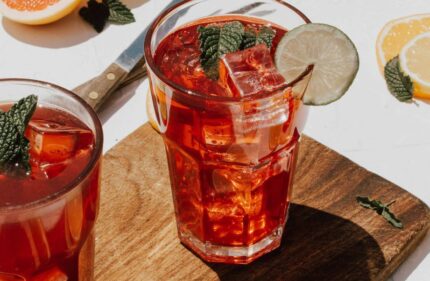

Comments